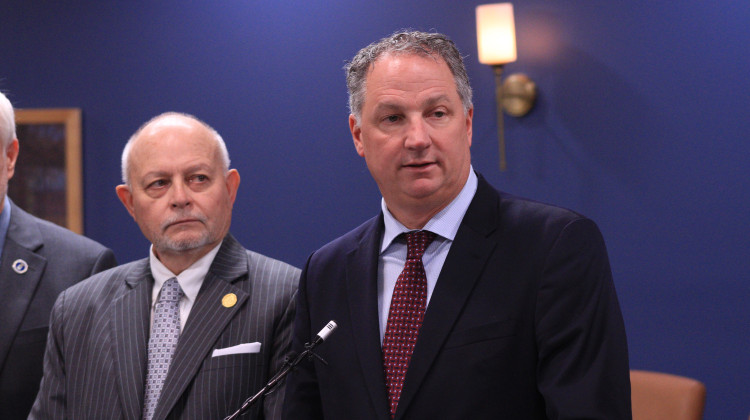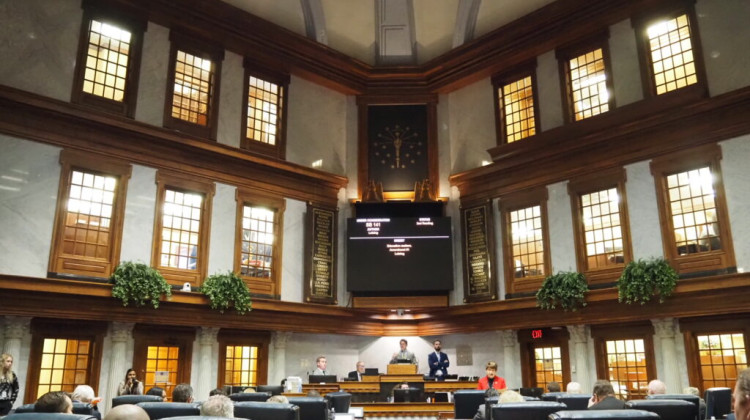
New regulations are expected to reduce the number of donors who lower their federal tax bills by using a deduction for giving.
Pixabay/public domainINDIANAPOLIS (AP) — Nonprofit leaders in Indiana say it's too early to determine the impact of tax changes on charitable organizations nationwide.
The regulations are expected to reduce the number of donors who lower their federal tax bills by using a deduction for giving, the Indiana Business Journal reported.
A study from the Indiana University Lilly Family School of Philanthropy estimates that total giving could drop by $13.1 billion. That would be the biggest drop since the Great Recession.
The charitable deduction was added to the federal tax code in 1917 as an incentive for taxpayers to donate. It applies only to people who itemize their deductions.
But the tax law signed by President Donald Trump is increasing the standard deduction from $6,300 to $12,000 for individuals and $12,700 to $24,000 for couples. The change could mean that more people will opt for a standard deduction.
The nonprofit leaders said they hope donors will continue to give from their hearts, and not to reduce their tax bills.
"We're trying to take the positive, forward-thinking approach," said Kent Kramer, president and chief executive at Goodwill of Central and Southern Indiana. "Many in our field feel it may be into November and December before we can really see the true impact of this change."
 DONATE
DONATE







 Support WFYI. We can't do it without you.
Support WFYI. We can't do it without you.